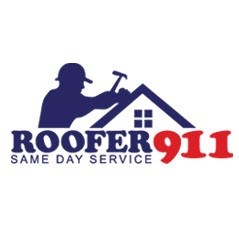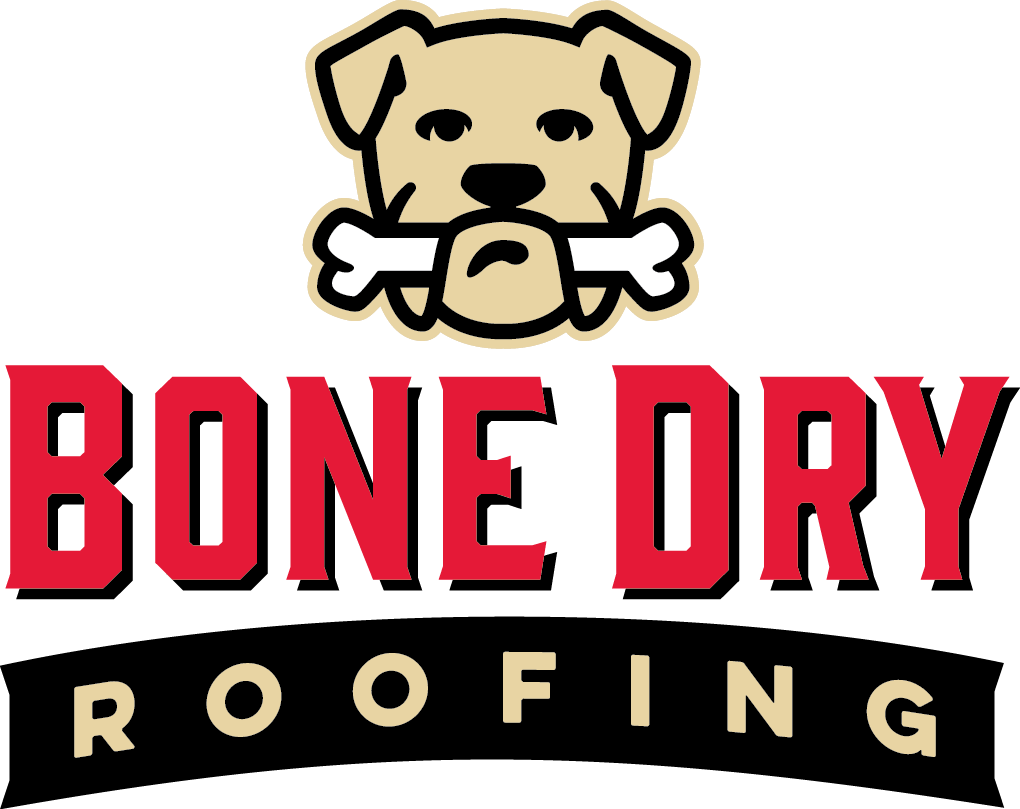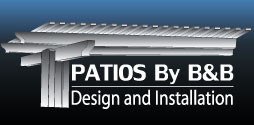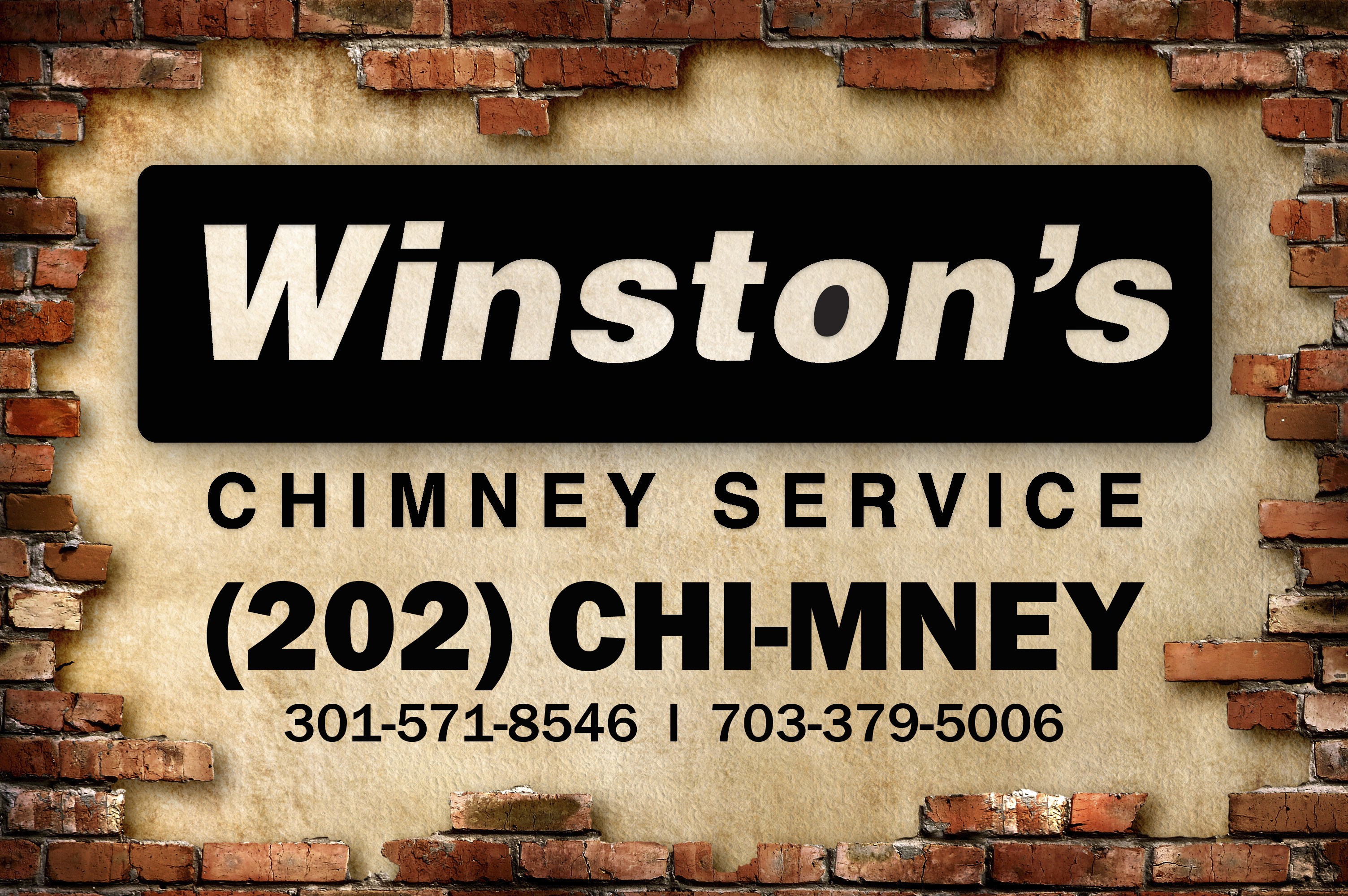
Get matched with top chimney cap pros in Waimea, HI
Enter your ZIP and get matched with up to 5 pros
Need a pro for your chimney cap service project in Waimea, HI?
Verified Reviews for Chimney Cap Service pros in Waimea, HI
*The Angi rating for Chimney Cap Service companies in Waimea, HI is a rating based on verified reviews from our community of homeowners who have used these pros to meet their Chimney Cap Service needs.
*The HomeAdvisor rating for Chimney Cap Service companies in Waimea, HI is a rating based on verified reviews from our community of homeowners who have used these pros to meet their Chimney Cap Service needs.
Last update on November 25, 2025
Find Chimney cap pros in Waimea
No results for Chimney cap pro in
Try adjusting your search criteria.The Waimea, HI homeowners’ guide to chimney cap services
From average costs to expert advice, get all the answers you need to get your job done.
 •
•Find out the average chimney cap replacement cost, key price factors, and ways to save and budget for your chimney cap project.

Not all chimneys have caps, but most fireplaces can benefit from having one. But what is a chimney cap, and why is it important? Our guide breaks it all down.

Flue cap vs. chimney cap—how do you know which one you need? Learn more about the differences between a flue cap and chimney cap.

A chimney cap helps keep your chimney in good working order. But who installs chimney caps? Our guide will help you pick the right pro for the job.

We break down the types of chimney caps, including the pros and cons associated with each one, plus additional information homeowners should know.

Discover how to install a chimney cap, what to consider whn purchasing a chimney cap, and the benefits of chimney cap installation.
- Cleaning in Waimea
- Plumbing in Waimea
- Septic Tank in Waimea
- Contractor in Waimea
- Solar Panels in Waimea
- Handyman Service in Waimea
- Cabinet Makers in Waimea
- Windows in Waimea
- Mailbox Repair in Waimea
- Plumbing in Waimea
- Kitchen And Bath Remodeling in Waimea
- Electrical in Waimea
- Cleaning in Waimea
- Lawn And Yard Work in Waimea
- Tree Service in Waimea
- Handyman Service in Waimea
- Moving in Waimea
- Flooring in Waimea
- Fencing in Waimea
- Garbage Collection in Waimea
- Home Builders in Waimea
- Contractor in Waimea
- Concrete Repair in Waimea
- Exterior Painting in Waimea
- Solar Panels in Waimea
- Pressure Washing in Waimea
- Excavating in Waimea
- Swimming Pools in Waimea
- Leaf Removal in Waimea
- Carpet Cleaning in Waimea






